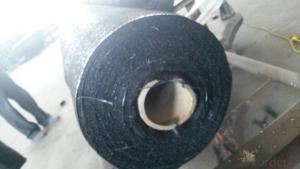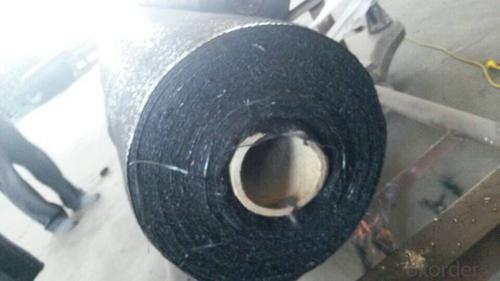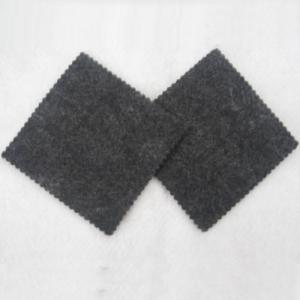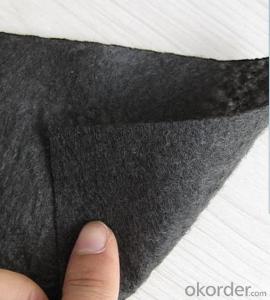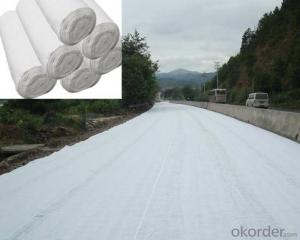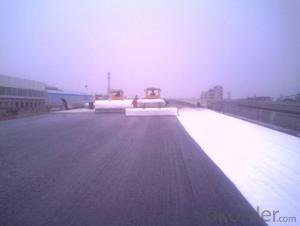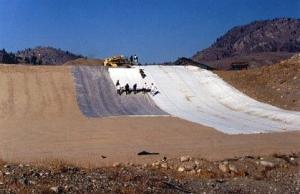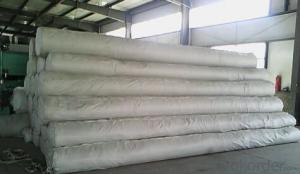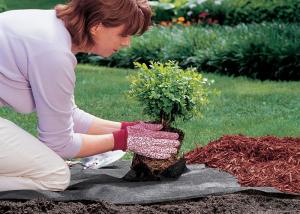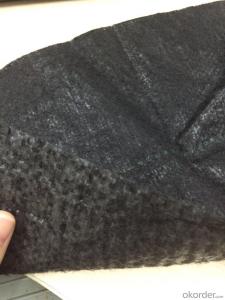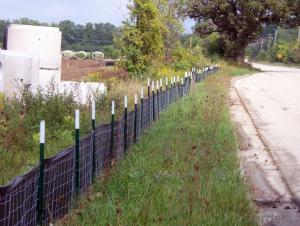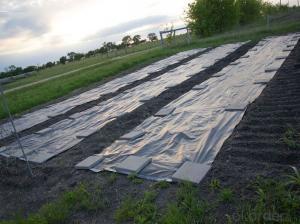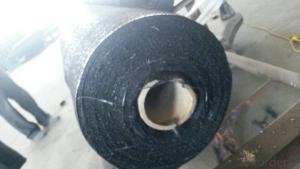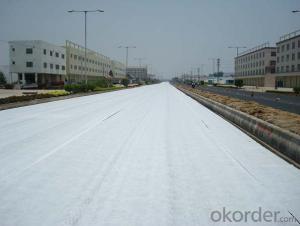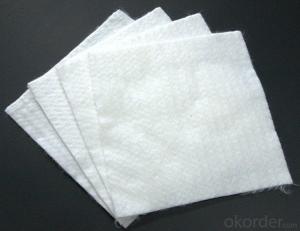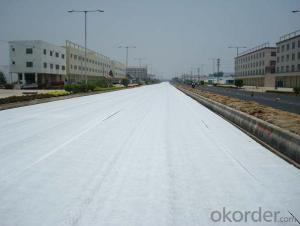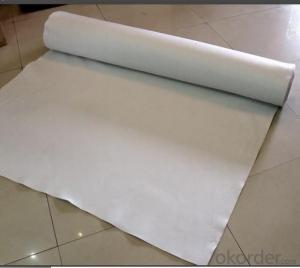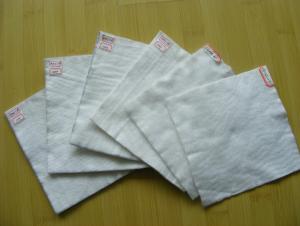Geotextile Price Silt Fence with Wooden Stake/Polypropylene Woven Fabric
- Loading Port:
- China main port
- Payment Terms:
- TT OR LC
- Min Order Qty:
- 5000 roll
- Supply Capability:
- 100000 roll/month
OKorder Service Pledge
OKorder Financial Service
You Might Also Like
1. Silt Fence Fabric Description:
Silt Fence Fabric is made of environmentally friendly raw materials, pp spunbond nonwoven fabric. It used to prevent the growth of weed, without the use of potentially dangerous chemical sprays or labor intensive hoeing. Once installed, weed mat will continue providing protection for years without maintenance.
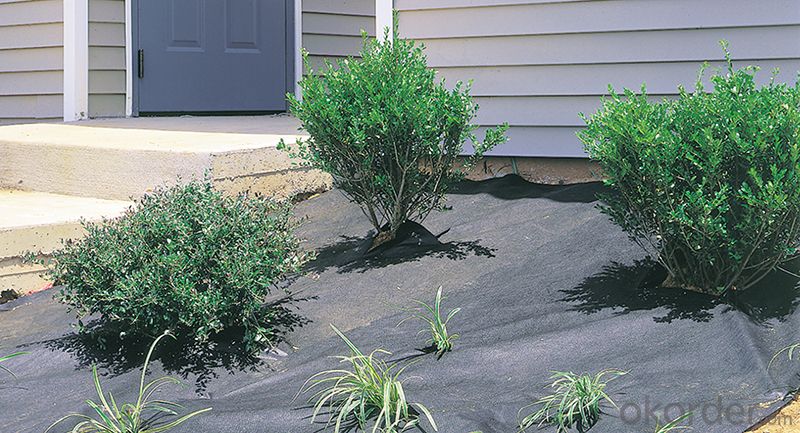

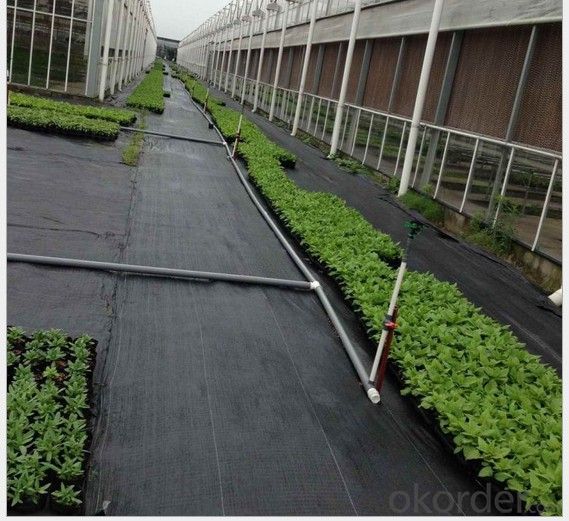
2. Silt Fence Fabric Feature:
1. Weed suppressant and drainage control landscaping fabric
2. Spun bonded non-woven fabric – will not fray when cut
3. Easy to use
4. Environmentally friendly
5. Allows water, air and nutrients through, suppressing weeds without the use of chemicals
6. Good alternative to Plantex® where cost is a factor
7. UV Stabilised
8. Reduces the level of watering required due to the slower rate of water evaporation
3. Silt Fence Fabric Function:
1. Cover crops in the ground surface,prevent weeds and against the insect
2. Controlling soil humidity and the temperature
3. Does not affect the growth of the crops
4. Protects plants from harmfully solar radiation
5. Air permeability, water permeability help crops growth.
6. Mothproof, eco-friendly, breathable, anti-bacteria, tear-resistant, fusible
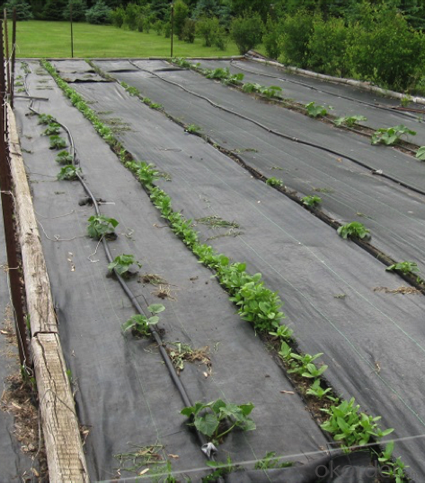
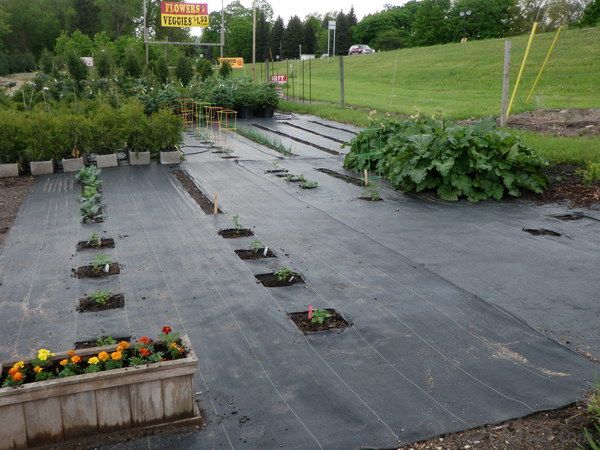
4. FAQ:
Q1: What is your minimum order quantity?
A:The minimum order quantity is 5000 ,but it is negotiable.
Q2:What is your payment terms?
A: T/T,Western Union,Paypal,L/C...
Q3:What is your delivery time?
A:Production time usually costs 2-20 days.
Waiting to cooperate with you!
- Q: Production of 1 square meter 100g geotextile consumption of polyester fiber how many kilograms
- Theoretically is 100g, I am specializing in the production of geotechnical materials, wish smooth
- Q: What are the main functions of geotextiles?
- The main functions of geotextiles include filtration, separation, reinforcement, and drainage in various civil engineering and construction applications.
- Q: Fish tank white filter cotton toxic, is not geotextile, or non-woven Yeah
- No toxic, geotextile and non-woven raw materials are polyester, chemical name PET, its normal situation is not toxic, if the heating temperature reaches 117 degrees, will precipitate some chemical substances, when the fish may have an impact. But your water temperature will not reach 117 degrees, unless you want to drink fish soup, so there is no problem
- Q: How do geotextiles help in preventing the growth of weeds?
- Geotextiles help in preventing the growth of weeds by acting as a physical barrier between the soil and the environment. These synthetic fabrics are placed over the soil, suppressing weed growth by blocking sunlight, which weeds need for photosynthesis. Geotextiles also inhibit weed root penetration, preventing them from establishing a strong foothold in the soil. Additionally, the fabric allows water and nutrients to pass through, promoting healthy plant growth while suppressing weed development.
- Q: Introduction of filament geotextile
- Filament geotextile: filament geotextile polyester filament acupuncture non-woven geotextile, without chemical additives, nor heat treatment, is environmentally friendly building materials.
- Q: What are the durability considerations for geotextiles?
- Durability considerations for geotextiles include factors such as UV degradation, chemical resistance, mechanical strength, and resistance to punctures and abrasions. Geotextiles should be designed to withstand harsh environmental conditions and maintain their functionality over an extended period of time.
- Q: Roof of the geotextile
- Garage, roof green Huazhi geotextile manufacturers, solutions
- Q: How do geotextiles help in preventing soil compaction?
- Geotextiles help in preventing soil compaction by acting as a barrier between the ground and heavy machinery or vehicles. They distribute the weight more evenly, reducing the pressure on the soil and minimizing compaction. Additionally, geotextiles improve drainage and allow air circulation within the soil, which further helps in preventing compaction.
- Q: What are the specifications for geotextiles in stormwater management projects?
- The specifications for geotextiles in stormwater management projects vary depending on the specific requirements of the project. However, some common specifications include the type and thickness of the geotextile, its permeability, tensile strength, and durability. Additionally, the specifications may also outline the installation methods and quality control measures to be followed during the project.
- Q: How do geotextiles help with groundwater protection?
- Geotextiles function as a barrier or filter that helps protect groundwater by preventing the infiltration of contaminants into the underground water sources. They aid in separating different layers of soil and preventing the mixing of pollutants with the groundwater, thereby safeguarding the quality and purity of water resources.
Send your message to us
Geotextile Price Silt Fence with Wooden Stake/Polypropylene Woven Fabric
- Loading Port:
- China main port
- Payment Terms:
- TT OR LC
- Min Order Qty:
- 5000 roll
- Supply Capability:
- 100000 roll/month
OKorder Service Pledge
OKorder Financial Service
Similar products
Hot products
Hot Searches
Related keywords
